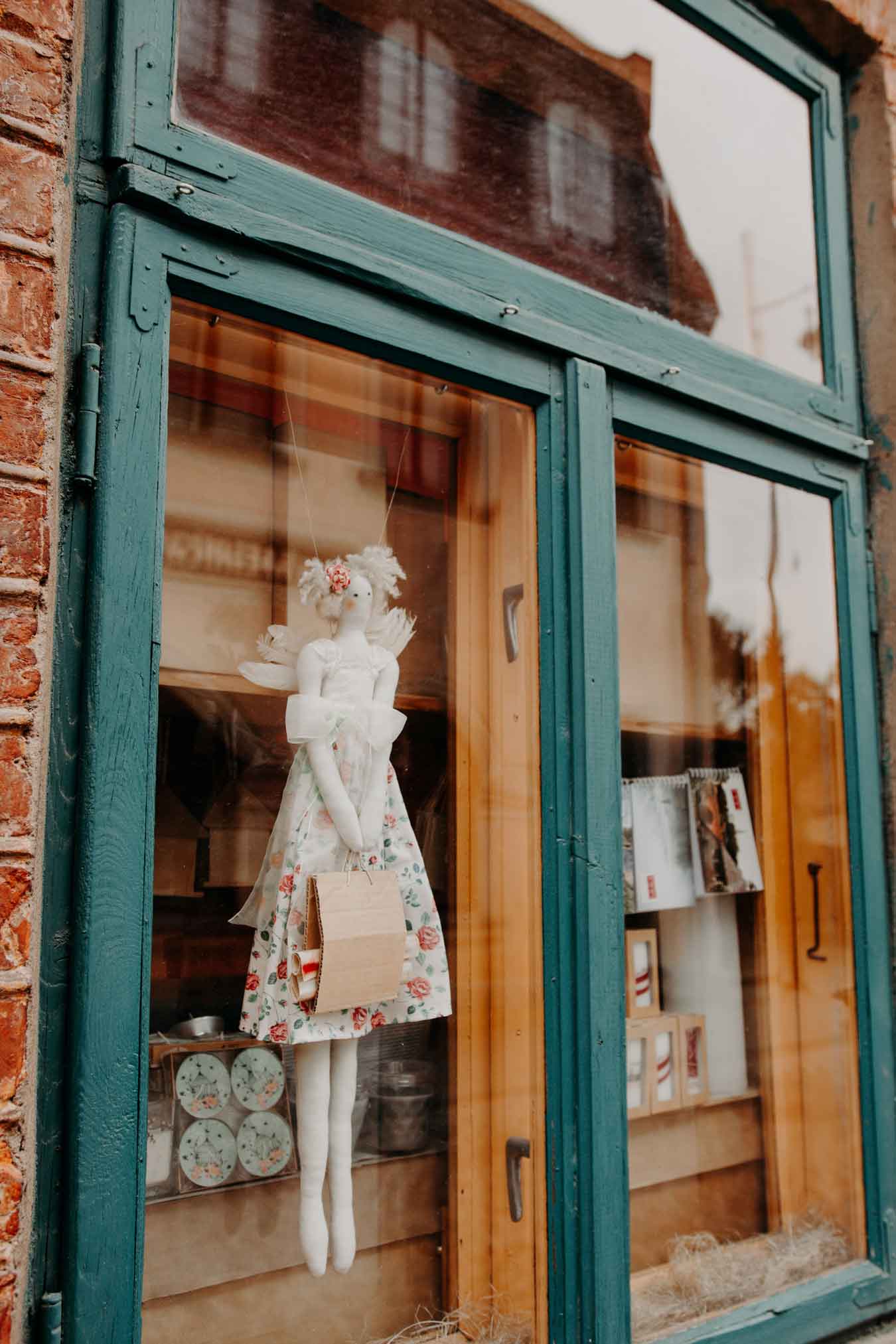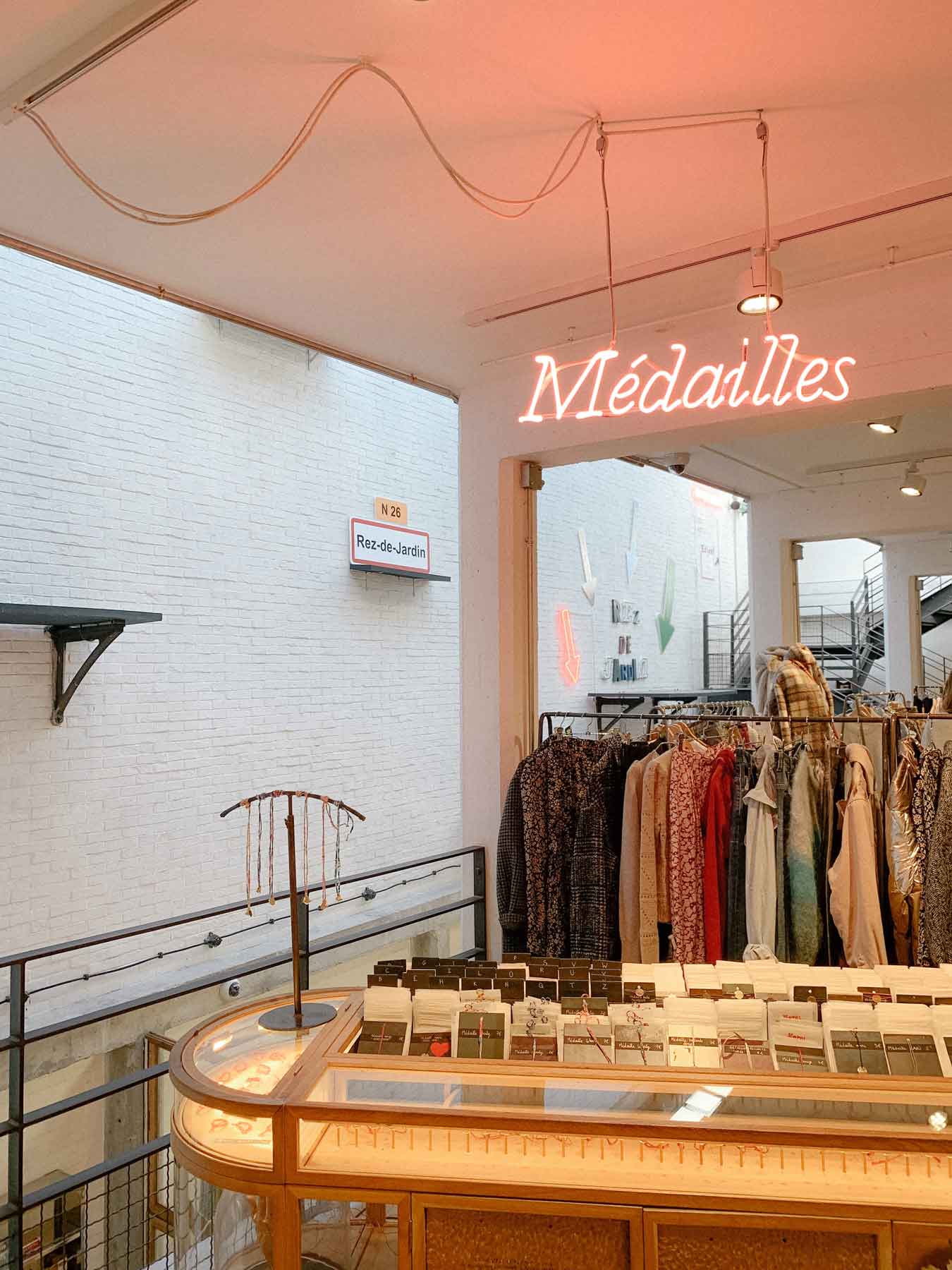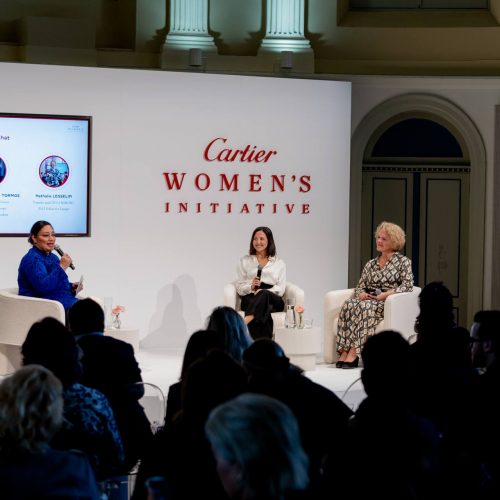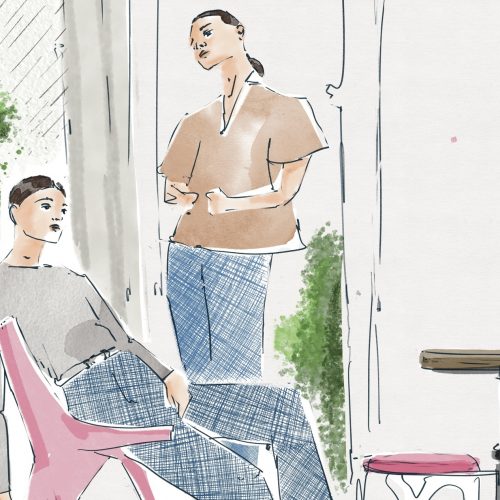The Old Fashioned Way Of Clothing Shopping
Piles of clothes no longer make sense, and understanding the meaningless of desires to own more comes to many minds. Thus, with all those renewed intentions for quality, value and simplicity, we gradually return to the old-fashioned way of clothing shopping.
If one were to observe a list of LIFE magazine covers from the 1950’s one would notice a continuous repletion where along with titles of controversies, political instability, financial issues, elegant women photographed and told stories of the latest Dior silhouettes and ways to wear fur in St. Moritz. Fashion has and always will be a reflection of current climate and events. More than that, throughout decades, fashion served a purpose of a somewhat outlet and an escape from the shocking news. Thinking of the last year and current uncertainties, we conclude that all people want from fashion right now is simplicity and comfort.
Evolving elegance of the ’50s (even though the youth of the ’60s rebelled its formality) had its impact on the way people used to shop for clothes. Before the widely expanding mass-production of clothes, before plastic buttons and sloppy seam lines, material, durability, and quality overall were factors that consumers paid attention to. "The priorities were different. I do love that about the period. People did dress for occasions, up until the 1990s. You'd dress for the theatre, the grocery store, for dinner. It wasn't as casual as it is today. The priority today is more about comfort than it is on glamour,” says Janie Bryant for Huffington Post.
Besides dressing to match a certain standard, the choice of places to buy from was also limited. Although department stores started their growth around that time and a lady could find a dress at Sears for about $9 price (which is $70 in modern equivalent), the quality of a garment would be much higher than a current fast-fashion dress, and her mindset was to add a dress to her existing wardrobe and to wear it for an extended period of time. When hem is finished, button placement is correct, and fabric performance stands before a brisk desire to look following trends, shopping for clothes can be considered mindful and successful. However, as we return to learn about all those old-fashioned methods and use words as "slow fashion," "sustainability," "supporting locals," for our grandmothers it was a habitual way of thinking. Besides their understanding that local boutiques created a sense of community, provided jobs in the area, they also intended to extend the life of their clothes. That is the reason why tailor services were in such demand, and manuals on how to take care of a certain garment were passed from a mother to a daughter.

REBORN OF “SHOPPING SMALL”
But, back to the modern days and how such approach returns to our society. The first place belongs to the reborn of locally owned boutiques. We can watch sale season shoppers slow down their pace, previously crowded malls and department stores close across countries, and instead of it rises a desire to be served as special clients at a small cozy place, purchasing higher quality clothes. “Shopping at a local store means you can get an expert opinion about the products that you’re purchasing. “Local shop owners have to be experts in their field to compete,” says Metro Family Magazine. While it is certain that owners of local boutiques put all attempts into quality customer service, quality of their product it is also a sense of community and mutual support that once drove our grandmothers during shopping on occasional bases. We ought to understand that besides finances that flow back into the economy when local businesses are supported, it is also the quality of purchased items. Most boutique owners sell either a well-curated selection of a few brands or a made-in-house private collection of fashion goods. Considering those facts, one can always count on finding unique, high-quality pieces.
It is much easier to submit again and again to the rush of fast-fashion, to be surrounded by thousands of choices, to pay as little as possible. However, as we speak of advantages in the way our grandmothers used to shop, we should consider the following steps that would bring up positive changes not only to the wardrobes and minds but environment and community. Such actions as revising current wardrobe, actually investing time and money into quality essentials, and finally taking thoughtful care of them require only the change of habit and precise understanding of the positive impact of those.
“Everything has to change: We have to look at our business model and restrategize. What does that look like in the future? How do we continue to engage with our community? How big do collections need to be, and how many do we need each year? Fashion did feel like it was getting out of control. There were so many collections and such vast collections. Hopefully, it will become a much more level playing field,” says Victoria Beckham. That suggestion and need for a change truly reflect on the growth of small boutiques in which owners thrive to re-educate customers. They bring back the sense of wise consumerism. Besides satisfaction of owning less, stands understanding of true quality, fair trade, cost per wear and inner confidence that a piece of garment harmed neither environment nor people behind the scenes in the fashion industry.

VALUE THOSE PIECES
When it came to fashion our grandmothers knew something that later on was lost during the growth of fast-fashion. They treasured value in each piece they owned. Pieces created by designers who defined that era were of exquisite quality, thus paying for that Balenciaga dress meant paying for many years of wearing it, paying for the excitement of owning a treasure. Gladly, the same shift of mindset started penetrating modern society. That value, which we are slowly recovering, now means an understanding of the designer's artistic approach and overall observation of skirts and dresses as something meaningful rather than disposable. Many consumers are no longer satisfied with pieces that fall apart after a second wash. Thus they dedicate time and finance to searching quality and seeing the value in what they own. With such steps, small designer brands grow successfully, supported by clients, and there is no more escape from demands of sustainability, fair treatment of factory workers, and continuous support of locally owned boutiques. Perhaps those are high hopes, but it does not hurt to believe in positive progress in our culture where people finally see meaning even in the smallest things they wear. “Fashion is artistic and creative, and if we lose that message in chasing profits, in only consuming, I’d rather buy vintage. I don’t need clothes that don’t vary any meaning,” says Natacha Ramsay-Levi, Designer, Chloe for American Vogue.

+ Words: Maria Kosmann, Contributor at Luxiders Magazine
Maria Kossman is a creative writer, essayist and blogger based in Edmonton, Canada. Passionate about sustainable living, minimalism, traveling, and anything antique, she focuses on advocating life that is inspiring, mindful and elegant.




